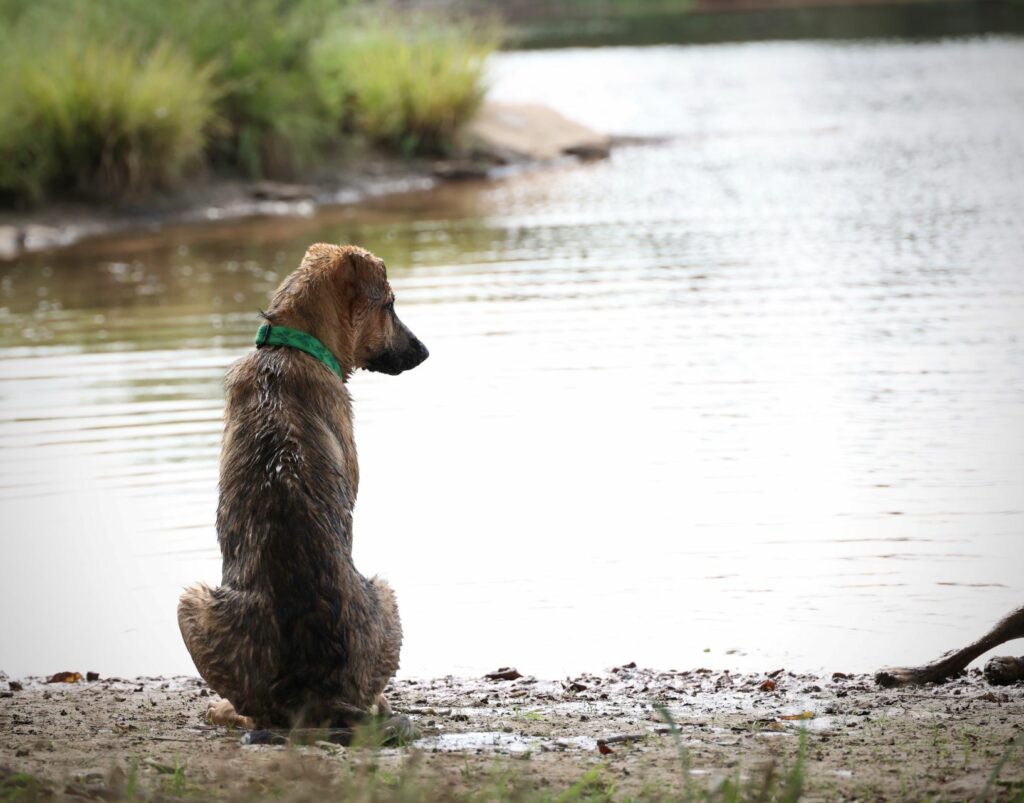Switching Venues

Because your dog does not necessarily understand that a cue means the same thing in a new location as it does where you have trained it, when you first start a behavior it is helpful to change locations once your dog is successful.
What I mean by this is: If your dog has learned to sit in your living room, it doesn’t mean he has learned to sit anywhere else. So once he’s figured it out in the living room, move to a new location.
Try to see switching locations as a progression, like climbing a ladder. If you try to go from the bottom rung on the ladder to the top rung you are sure to fall. Instead, take the steps in order, getting increasingly closer to the goal.
This concept is the same for any cue you teach. For each cue you should plan to introduce the cue in different locations.
Here is what this might look like:
- You teach your dog sit (or any other behavior) in your living room. He/she does it 95% of the time when you are in your living room.
- You take your dog into the garage, but your dog won’t sit.
- You reintroduce the sit by capturing it (starting from scratch), and you work back up to where your dog is doing it consistently in the garage.
- You walk outside into the back yard. Your dog will not sit.
- You reintroduce it again, this time in the back yard. Your dog quickly becomes consistent at performing the behavior.
- You move to the front yard and retrain the behavior. It goes quickly.
- You move to the street and do it again.
- You take your dog to a quiet park during a time when few people are there and you stay far from anyone.
- You go to the home improvement store that allows dogs during a time when they are not busy. You work in the farthest corner of the parking lot from the building.
- The next time you go, you go inside and work there.
- You go back at a time when they have just slightly more traffic and work inside as far away from anyone as you can get. You don’t let anyone greet your dog so he/she never gets too excited.
- You go back at a time that is moderately busy, but you make a point to stay away from everyone.
- You go back when it’s slow again, but this time you let people get closer to your dog and you capture until your dog has calmed down and is ready to perform.
- You work when it’s less slow and let people get closer.
- You move to the nearest farm supply store and work through the steps there.
- You go to a moderately crowded park and work there.
- You go about a dozen other places before you even think about stepping into a dog park or a pet store and expecting your dog to be successful. Those are the top of the ladder. Don’t ask your dog to do something that will lead to failure. You cannot go too slow, but you can definitely go too fast.
